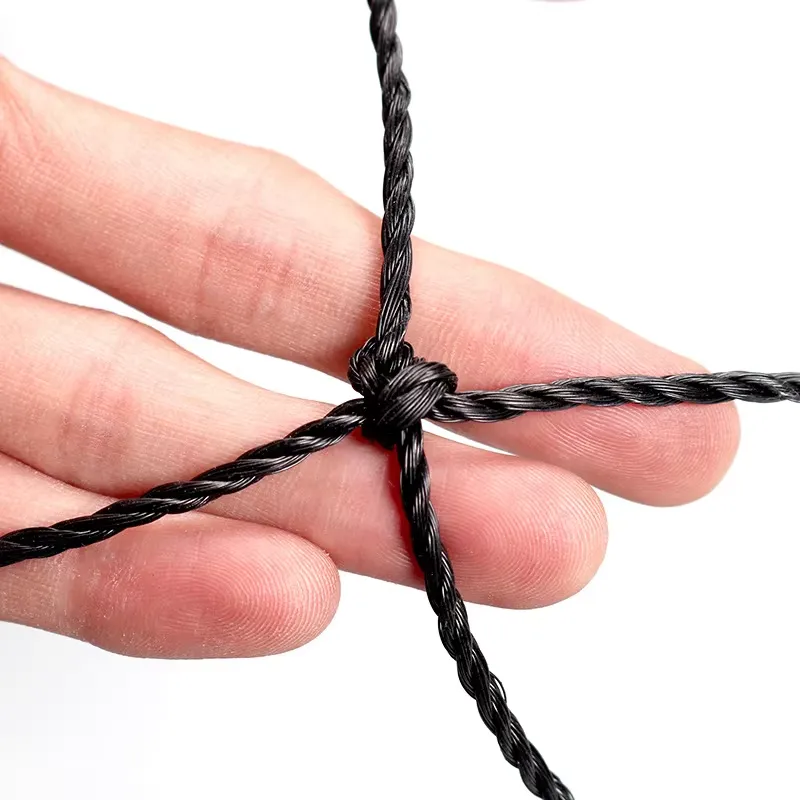-
 Afrikaans
Afrikaans -
 Albanian
Albanian -
 Amharic
Amharic -
 Arabic
Arabic -
 Armenian
Armenian -
 Azerbaijani
Azerbaijani -
 Basque
Basque -
 Belarusian
Belarusian -
 Bengali
Bengali -
 Bosnian
Bosnian -
 Bulgarian
Bulgarian -
 Catalan
Catalan -
 Cebuano
Cebuano -
 China
China -
 Corsican
Corsican -
 Croatian
Croatian -
 Czech
Czech -
 Danish
Danish -
 Dutch
Dutch -
 English
English -
 Esperanto
Esperanto -
 Estonian
Estonian -
 Finnish
Finnish -
 French
French -
 Frisian
Frisian -
 Galician
Galician -
 Georgian
Georgian -
 German
German -
 Greek
Greek -
 Gujarati
Gujarati -
 Haitian Creole
Haitian Creole -
 hausa
hausa -
 hawaiian
hawaiian -
 Hebrew
Hebrew -
 Hindi
Hindi -
 Miao
Miao -
 Hungarian
Hungarian -
 Icelandic
Icelandic -
 igbo
igbo -
 Indonesian
Indonesian -
 irish
irish -
 Italian
Italian -
 Japanese
Japanese -
 Javanese
Javanese -
 Kannada
Kannada -
 kazakh
kazakh -
 Khmer
Khmer -
 Rwandese
Rwandese -
 Korean
Korean -
 Kurdish
Kurdish -
 Kyrgyz
Kyrgyz -
 Lao
Lao -
 Latin
Latin -
 Latvian
Latvian -
 Lithuanian
Lithuanian -
 Luxembourgish
Luxembourgish -
 Macedonian
Macedonian -
 Malgashi
Malgashi -
 Malay
Malay -
 Malayalam
Malayalam -
 Maltese
Maltese -
 Maori
Maori -
 Marathi
Marathi -
 Mongolian
Mongolian -
 Myanmar
Myanmar -
 Nepali
Nepali -
 Norwegian
Norwegian -
 Norwegian
Norwegian -
 Occitan
Occitan -
 Pashto
Pashto -
 Persian
Persian -
 Polish
Polish -
 Portuguese
Portuguese -
 Punjabi
Punjabi -
 Romanian
Romanian -
 Russian
Russian -
 Samoan
Samoan -
 Scottish Gaelic
Scottish Gaelic -
 Serbian
Serbian -
 Sesotho
Sesotho -
 Shona
Shona -
 Sindhi
Sindhi -
 Sinhala
Sinhala -
 Slovak
Slovak -
 Slovenian
Slovenian -
 Somali
Somali -
 Spanish
Spanish -
 Sundanese
Sundanese -
 Swahili
Swahili -
 Swedish
Swedish -
 Tagalog
Tagalog -
 Tajik
Tajik -
 Tamil
Tamil -
 Tatar
Tatar -
 Telugu
Telugu -
 Thai
Thai -
 Turkish
Turkish -
 Turkmen
Turkmen -
 Ukrainian
Ukrainian -
 Urdu
Urdu -
 Uighur
Uighur -
 Uzbek
Uzbek -
 Vietnamese
Vietnamese -
 Welsh
Welsh -
 Bantu
Bantu -
 Yiddish
Yiddish -
 Yoruba
Yoruba -
 Zulu
Zulu
outdoor safety netting
Outdoor Safety Netting Ensuring Protection in Outdoor Activities
Outdoor safety netting is an essential element in maintaining safety during various outdoor activities. Whether you are enjoying a day at the park, participating in sports, or engaging in construction work, safety netting plays a critical role in protecting individuals and preventing accidents. In this article, we will explore the importance of outdoor safety netting, its applications, and various types available in the market.
The primary purpose of outdoor safety netting is to provide a physical barrier that prevents falls, accidents, and injuries. This is particularly crucial in environments where elevated work or play takes place, such as at sports facilities, construction sites, and playgrounds. For instance, safety netting can be installed to encircle sports fields, protecting spectators and players from errant balls during games. Similarly, at construction sites, safety nets can catch falling tools or debris, minimizing the risk of injury to workers and passersby.
One of the most common applications of safety netting is in the realm of sports. Many sports, such as baseball, football, and soccer, utilize safety netting to safeguard spectators from flying balls. In addition to protecting individuals, safety netting helps ensure the smooth continuation of games without interruption. Fans can enjoy the excitement of the match without the looming fear of injury from a stray ball, allowing everyone to immerse themselves in the experience fully.
In construction, safety netting serves a different but equally vital purpose. Construction sites are often bustling with activity, and the potential for falling objects is significant. High-rise buildings, scaffolding, and elevated platforms necessitate the use of safety netting to catch anything that might accidentally fall. This not only protects workers on the ground but also ensures that the overall site remains secure and compliant with safety regulations.
outdoor safety netting

There are various types of outdoor safety netting available, each with specific features tailored to different applications
. For instance, impact-resistant netting is designed to withstand the forces of fast-moving objects, such as baseballs or golf balls. This type of netting is typically made from durable materials like polyethylene or nylon, which are specifically engineered for high tensile strength and UV resistance.In addition to sports and construction, outdoor safety netting is also used in recreational areas such as parks and playgrounds. Safety netting can help keep children safe by preventing them from falling or wandering into hazardous areas. In this context, netting not only acts as a protective barrier but also encourages more active play, as parents can feel assured about their children's safety.
Moreover, investing in high-quality outdoor safety netting can save money in the long run. By preventing injuries, organizations and facility owners can avoid potential lawsuits, compensation claims, and insurance increases that often accompany accidents. The peace of mind that comes from knowing you have provided a safe environment for activities is invaluable.
In conclusion, outdoor safety netting is a versatile solution that enhances safety across various environments. Its applications are vast, ranging from sports fields and construction sites to parks and playgrounds. By investing in quality netting, organizations can protect individuals, ensure compliance with safety standards, and create an environment where everyone can enjoy outdoor activities without fear of injury. As awareness of safety continues to grow, the importance of outdoor safety netting will only become more pronounced, solidifying its role as a key component in outdoor safety strategies.
-
Shipping Plastic Bags for Every NeedNewsJul.24,2025
-
Safety Netting: Your Shield in ConstructionNewsJul.24,2025
-
Plastic Mesh Netting for Everyday UseNewsJul.24,2025
-
Nylon Netting for Every UseNewsJul.24,2025
-
Mesh Breeder Box for Fish TanksNewsJul.24,2025
-
Expanded Steel Mesh Offers Durable VersatilityNewsJul.24,2025











